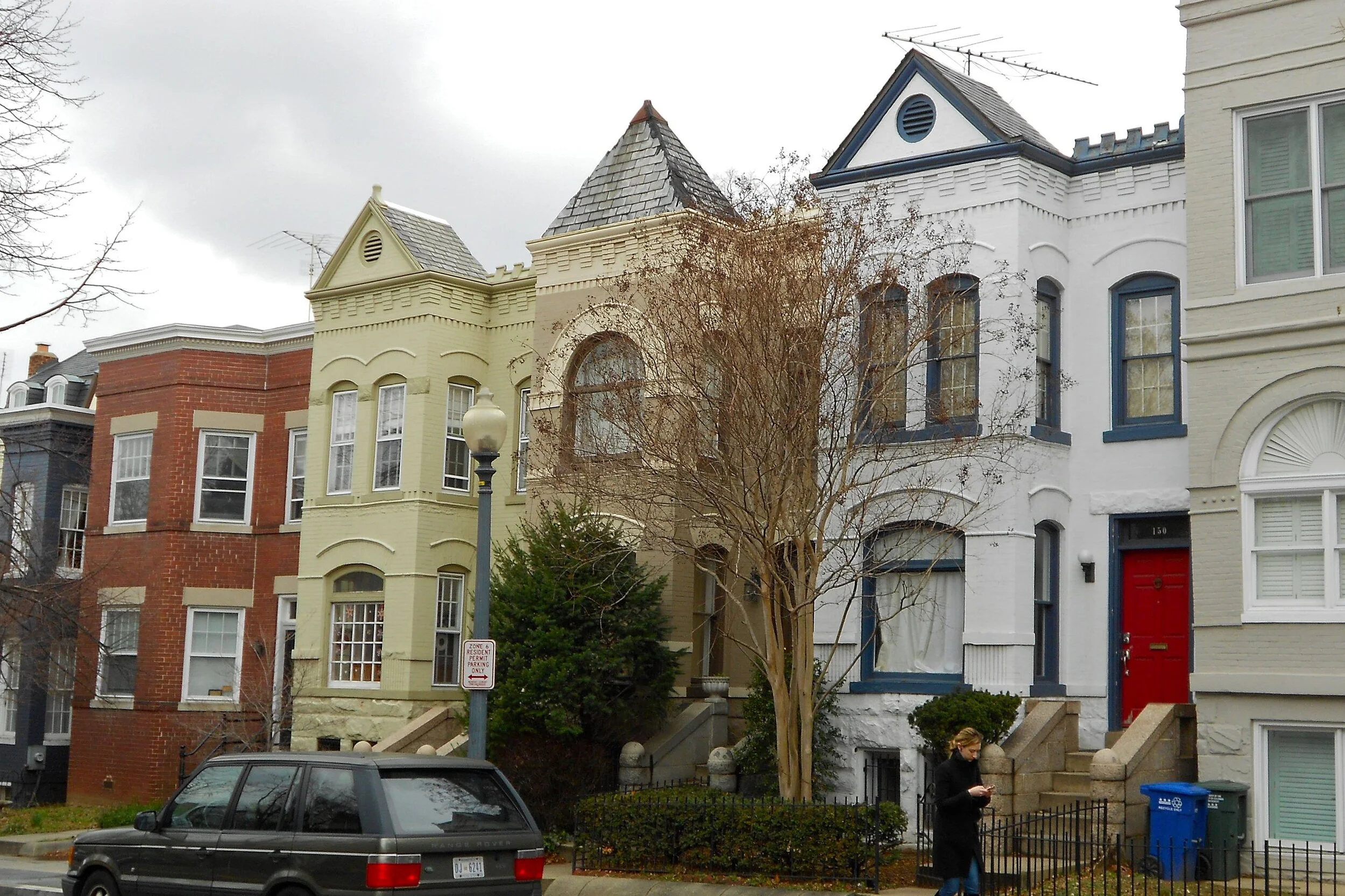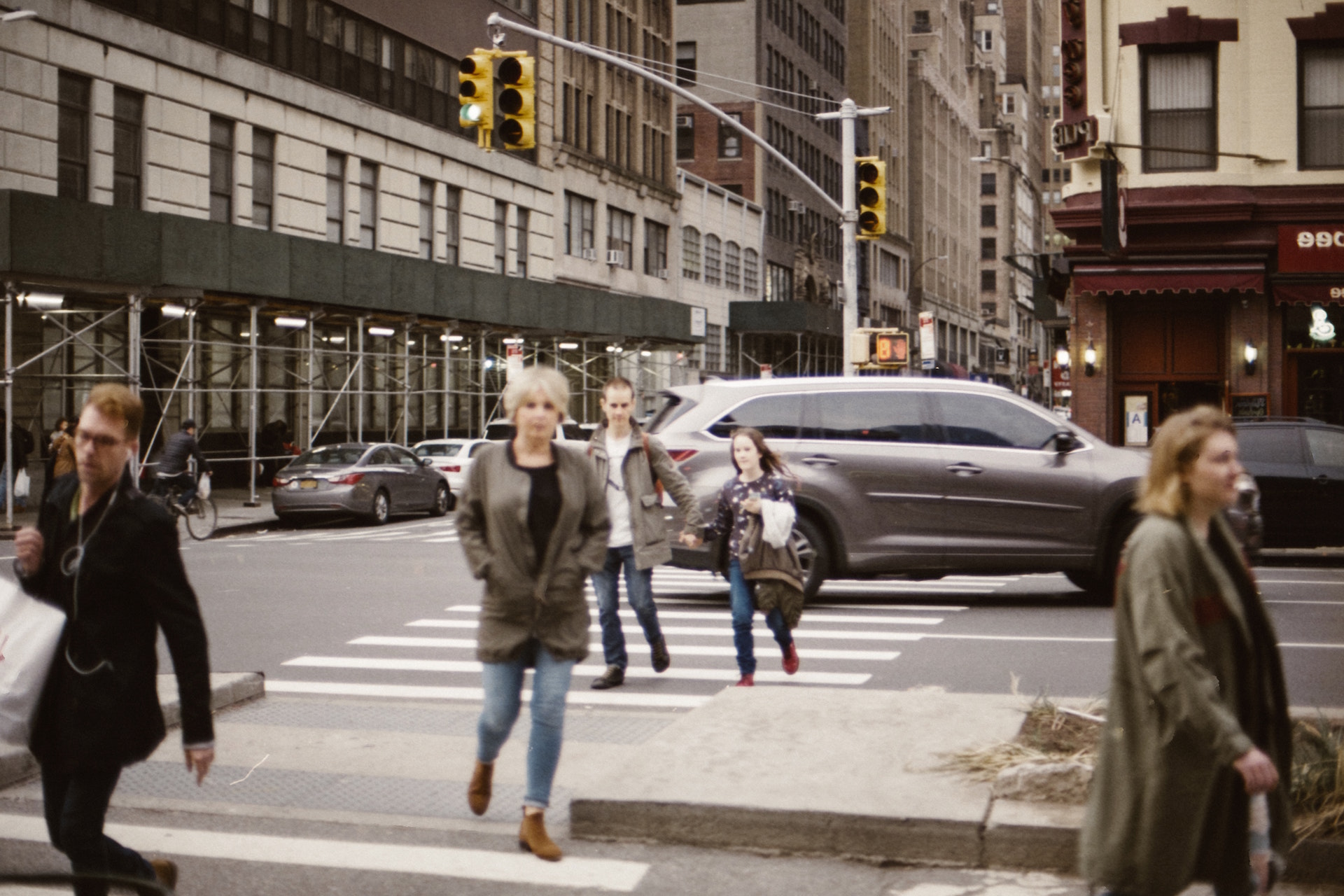Welcome to the New (Complete) Government Street
This article was originally published, in slightly different form, on BR By the Numbers. It is shared here with permission.
Government Street in Baton Rogue, LA. (Source: Google Maps.)
In the 2010s, more than a few mid-city residents of Baton Rogue, Louisiana, were concerned about the Government Street Road Diet project. There was fear that the aptly named “road diet” would snarl traffic and potentially deter drivers from patronizing the shops and restaurants lining Government Street. Underlying many of these residents’ fears was the fact that some simply did not want the Government Street they already knew and were familiar with to change.
Change can be difficult, but it’s often the catalyst needed for progress. Almost two years after the road diet’s completion, data shows that the tax revenue growth rate for Government Street businesses has outpaced the city’s overall growth rate by 26%. Despite more cars traveling along Government Street these days—thanks to the influx of new businesses—traffic incidents have plummeted. Since 2018, the average number of monthly reported traffic incidents on Government Street has fallen 50%—that’s about 72% greater than the reduction in reported traffic incidents city wide.
At the core of the Government Street revamp is what’s known as “complete streets” design. Trimming the road from four lanes for cars to three, widening sidewalks, adding ADA accessibility features, and building east- and west-bound bike lanes are all key components of complete streets design. Complete streets components aim to make corridors like Government Street more attractive and accessible to more forms of transportation like walking, biking, and public transit. With the Government Street success story being written in front of our eyes, there’s a strong argument to be made that complete streets design principles could improve other key corridors in Baton Rouge like Essen Lane, Perkins Road, Plank Road, and Nicholson Drive, among others.
Sales Tax Revenues Are Up
Sales tax revenues for Government Street businesses grew by 34% between 2016 and 2022, about 26% above the total sales tax growth rate in Baton Rouge. Government Street businesses, which include a good number of restaurants and bars, were hit especially hard in 2020 by COVID but quickly rebounded the following year.
(Source: East Baton Rouge Department of Finance; BRAC analysis.)
During the five months from January through May 2023, Government Street businesses had collected about 44% of 2022 sales tax revenues, which puts the corridor well on track this year to exceed total sales taxes generated last year. During the same five months, sales tax revenues in the city overall were at about 40% of 2022 revenues. Despite economic pain points faced by businesses this year, like labor shortages and high interest rates, Government Street and its businesses are proving their resilience.
There’s been a striking level of business growth and property reinvestment along Government Street since the road diet’s official completion in October 2021. In 2022, the former Garden District Nursery reopened with new tenants, including D’s Garden Center, Parker Barber, and Barracuda Taco Stand. New restaurants that have opened since the project’s completion include Cork’s Cajun Fried Fish & Shrimp, Spoke & Hub, and KOK Wings & Things, while Pelican to Mars, BR.Cade, and freshly opened The Firehaus have created new spaces at which locals can grab a drink and socialize. Fleurty Girl’s and JCW Creative’s recent moves to Government Street show the corridor is attracting retailers and corporate headquarters, too, not just eating and drinking establishments.
These businesses have arrived since the road diet wrapped up, but plenty of others—including Red Stick Social, Curbside Burgers, Cannatella Grocery, Pit-N-Peel, French Truck Coffee, and Pink Elephant Antiques, just to name a few—opened on Government Street while the project was in the ideation and construction phases. The promise of a more walkable, more attractive, and safer Government Street attracted a host of new retailers and businesses, a trend that looks unlikely to slow down anytime soon. This proves an urban planning theory that public investments, particularly those aimed towards walkability and placemaking, can spark and catalyze a private investment reaction.
One more important thing to point out: the businesses above either built a new building or revamped a previously unused, in many cases dilapidated building to house their operations. Government Street has become a place where people and businesses want to be, and businesses have shown their willingness to front the time, effort, and costs necessary to do business on Government Street.
More Cars, Safer Streets. Wait, What?
In 2022 traffic counts along Government Street were about 12% higher than they were pre-road diet in 2017. Despite this increase in automobile traffic, the number of Government Street crashes has plummeted since the Road Diet’s completion, going from about 46 incidents per month in 2016 to 36 in 2019 to 19 in 2023.
Around the time the road diet project moved into the construction phase, in January 2018, there began a long-term decline in the number of reported monthly traffic incidents along Government Street. Construction activity along the corridor, as well as the project’s phased-in completion, likely encouraged more cautious driving behavior.
There’s a noticeable drop in monthly traffic incidents around the beginning of the COVID pandemic, in March 2020. As the beginning of the pandemic faded into a distant memory, traffic incidents increased as more cars returned to the road. After the road diet’s completion, in October 2021, reported traffic incidents fell dramatically and have remained low since.
(Source: Baton Rouge Police Department, accessed through Open Data BR; BRAC analysis.)
Increased traffic safety along Government Street really stands out when compared to Baton Rouge overall. In the six years prior to the road diet’s commencement, between 2011 and 2017, reported traffic incidents increased in the city by 22%. By comparison, Government Street traffic incidents increased by 37%. In other words, Government Street was on a more dangerous trajectory than the rest of the city in terms of traffic incidents prior to the road diet project.
(Source: Baton Rouge Police Department, accessed through Open Data BR; BRAC analysis.)
The last five years, however, have been a different story entirely. In 2018, traffic incidents both citywide and along Government Street were about 15% above 2011 levels. Since then, the average number of monthly traffic incidents has fallen by 50% along Government Street, about 72% greater than the reduction citywide.
Both citywide and along Government Street, traffic incidents fell significantly in 2020 and increased in 2021. Pieces of the road diet were finished throughout 2020 and, by October 2021, the project was done. That’s when we begin to see significant differences in the data: there were 22% fewer traffic incidents reported along Government Street in 2021 compared to 2011 whereas, citywide, reported traffic incidents were up 13%.
Reported traffic incidents have been lower across Baton Rouge in 2022 and 2023, but the drop has been more noticeable along Government Street. Compared again to 2011, in 2023 there have been 43% fewer reported traffic incidents along Government Street compared to an 18% reduction citywide. Even if these data feature some degree of underreporting, Government Street’s progress is outpacing that of other roads in Baton Rouge.
Today, Government Street is a safer place for pedestrians, bicyclists, and drivers than it was a decade ago. Businesses want to be on Government Street because people want to be on Government Street. The redesign benefits the city, too, by way of increasing sales tax revenues. The road diet changes, which included bike lanes and streetscape improvements, don’t have to be confined to this single corridor; complete streets design principles are powerful tools for improving conditions for residents and businesses across the city.
Complete Streets as a Tool for Improving Baton Rouge
Road diets are not new—the first one was implemented in Montana in the late 1970s—and their impacts are well understood. Not only are they known to reduce crashes by up to 47% percent, but there are also countless case studies showing the powerful economic impacts road diets create, including:
In Indianapolis, a road diet was used to revamp the eight-mile long Indianapolis Cultural Trail. The redesign resulted in over $300 million of new development along the route between 2008 and 2012. Like Baton Rouge, much of the new development was spurred prior to the road diet’s actual completion in late 2012.
In Charlotte, North Carolina, a road diet project for East Boulevard resulted in a $43 million increase in the non-residential tax value of properties fronting the project.
Road diets are just one type of redesign that utilizes complete streets design principles. According to Baton Rouge’s Complete Streets Citizens’ Advisory Committee, complete streets consider users of “all ages and physical ability” by way of allowing for multiple modes of transportation like “pedestrians, bicyclists, motorists, and public transportation users.” Important to complete streets design principles is that not all streets are alike—not every street in Baton Rouge should look like the revamped Government Street; in that same vein, not every street should feel like Airline Highway.
Complete streets design principles can encourage more people to walk and bike to work, creating healthier communities in the process. The principles also promote equity: almost 9,000 households in Baton Rouge, about 10% of the city, don’t have access to a car. Making it easier to walk, bike, or hop on a bus to get to work expands economic opportunities for many of our city’s low-income residents.
Not every street that undergoes a revamp with complete streets design principles in mind needs to be trimmed to just one lane each way for cars like Government Street. There are resources to help cities transform six-lane arterials like parts of Bluebonnet and Essen into corridors that are safer and more accessible for bicyclists and pedestrians. These types of improvements are necessary: Baton Rouge had the nation’s 17th-largest increase in bike trips between 2019 and 2022, including the seventh-largest among all southern metros. People here are biking more often and giving them the space to do so is the best way to ensure their safety.
Complete streets is not a fringe or new concept. East Baton Rouge Parish published its Complete Streets Vision & Policy Statement in 2014. The document highlights the benefits associated with complete streets design like spurring economic growth, increasing affordable transportation and mobility options, enhancing public health, and improving air quality. Including complete streets design principles in future development across Baton Rouge will make our streets safer for everyone (drivers included), help our region retain its young talent, and bring economic benefits for individuals, businesses, and government alike.
As our city begins imagining what the future of Florida Boulevard should look like, it’s important we push for a corridor that accommodates pedestrians, bicyclists, and public transit users in addition to cars. Complete streets design principles can bring benefits to other highly-trafficked corridors in our city, too. Change can be difficult, but it’s often the catalyst needed for progress.
Jake Polansky, MPA, is the manager of Economic and Policy Research at the Baton Rouge Area Chamber. He is a UT, LSU, and TFA alum.








